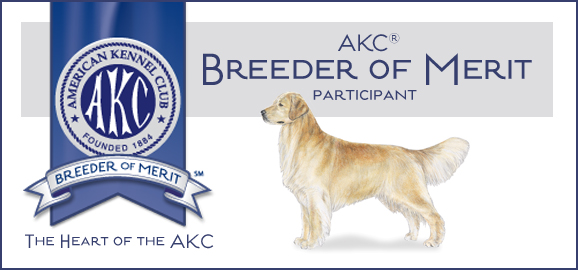Free shaping is a very common method for agility trainers to train new behaviors. When agility trainers use shaping, the trainer remains silent as the dog tries various behaviors until he hits on the correct response and receives his mark and his reward. This method of using shaping works very well for agility trainers. It also works well when first beginning obedience training and if you never want to do competitive obedience. However, down the road, the typical application of silence when shaping can have issues with competitive obedience trainers for two reasons.
The biggest problem with the traditional use silence while shaping competitive obedience behaviors is with regard to what we obedience trainers want silence to mean to the dog. I don’t want my dog to be offering a host of different behaviors when I am silent in the competitive obedience ring. I want him to understand silence as an indicator of correctness.
To remedy this problem, I use chatter with a very specific tone of voice instead of silence to communicate to my dog that what he is currently doing in incorrect and to encourage the dog to try something new. When the dog hears this chatter, he knows that what he’s doing isn’t correct and that he needs to try something else. When the dog hears silence, he knows that he is on the right path and needs to continue on. For us, silence is basically the same thing as a carry on marker.
The second problem with the traditional use of shaping with a competitive obedience dog has to do with a need to use shaping to fine tune certain behaviors where there are levels of perfection and no clear right or wrong. Examples of these types of exercises include straight fronts and finishes. In this usage, I don’t want the dog offering different behaviors. I want him to offer a more perfect version of the behavior he just performed. Therefore, there must be some way to communicate this to the dog. Again, silence is the problem with the traditional use of shaping.
To fix this problem, we simply repeat the verbal or physical cue for the behavior that the dog needs to re-do. For example, when the dog comes into the front position and is crooked, we’ll tell him “front”. He knows that he needs to get up and re-position himself.
When to Use Chatter and When to Repeat Commands
When first teaching a new behavior, we use chatter. Chatter communicates to the dog that he needs to try different behaviors. It does not mean to offer a more perfect version of the behavior he just offered. When first teaching new behaviors, we only work on one behavior at a time. Once the dog gets it right, he is marked and rewarded for that behavior thereby learning what behavior we are currently working on. At this stage in training, there is no verbal for the behavior.
When a behavior is well-learned, we begin combining that behavior with other behaviors. We are no longer focusing on one behavior only. In addition, by this stage, the dog should have already learned a verbal for the behavior that wasn’t quite up to criteria. In this case, we’d repeat the cue for the behavior we want repeated.
In our example of the crooked front, the dog might have retrieved a dumb bell just prior to coming into front. We want to communicate to the dog that it is the front that needs repeating because it wasn’t up to standard. If we started chattering in this situation, the dog would not offer another front, he’d offer a totally different behavior because chatter communicates to the dog that he performed the wrong behavior. He might offer a down instead.
This repeating of the cue is not the same as when someone repeats a “front” cue to a dog that never came into front to begin with. This dog doesn’t understand the “front” cue. He needs chatter to tell him to try an entirely different behavior. This type of repeating cues over and over that the dog doesn’t understand will encourage the dog to tune his trainer out because he doesn’t understand what the trainer is saying.
The repeating of cues should mean to the dog that what he did was correct but it wasn’t good enough to get the mark and the reward. He needs to repeat the same behavior but do it better the next time.
The Dog Who Competes in Multiple Venues
If you would like to have your dog compete in both obedience and agility and to shape both agility and obedience exercises, the method discussed in this book works fine for agility because in agility, silence has no meaning with regard to correctness. Therefore, it doesn’t matter if your dog’s cue that he needs to try something different is silence or chatter. A dog can be conditioned to understand either system as long as you are consistent with the system you choose.
If you have already conditioned your dog to shaping with silence as an indicator to continue trying different behaviors, it is quite easy to switch to chatting. Simply start chatting when you want your dog to try something different. Most, if not all, dogs will catch on fairly quickly as long as your chatting is exciting to the dog.
Click on Chapter 13: The Shaping Game to read the next chapter in the book.

